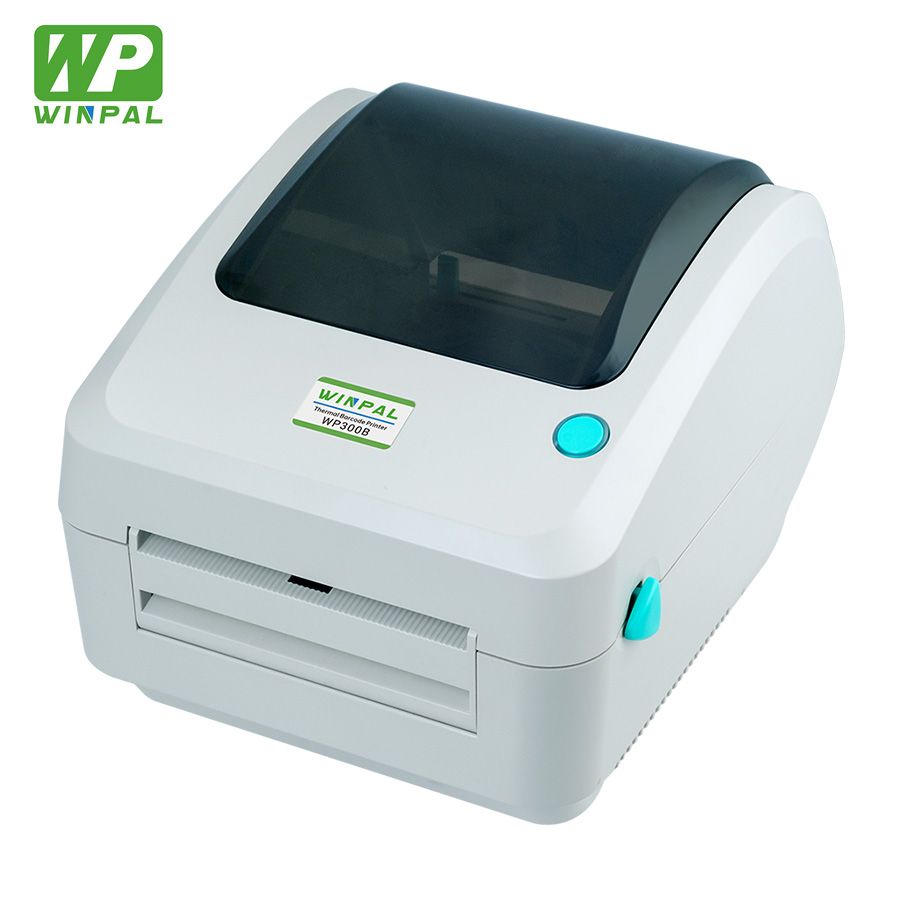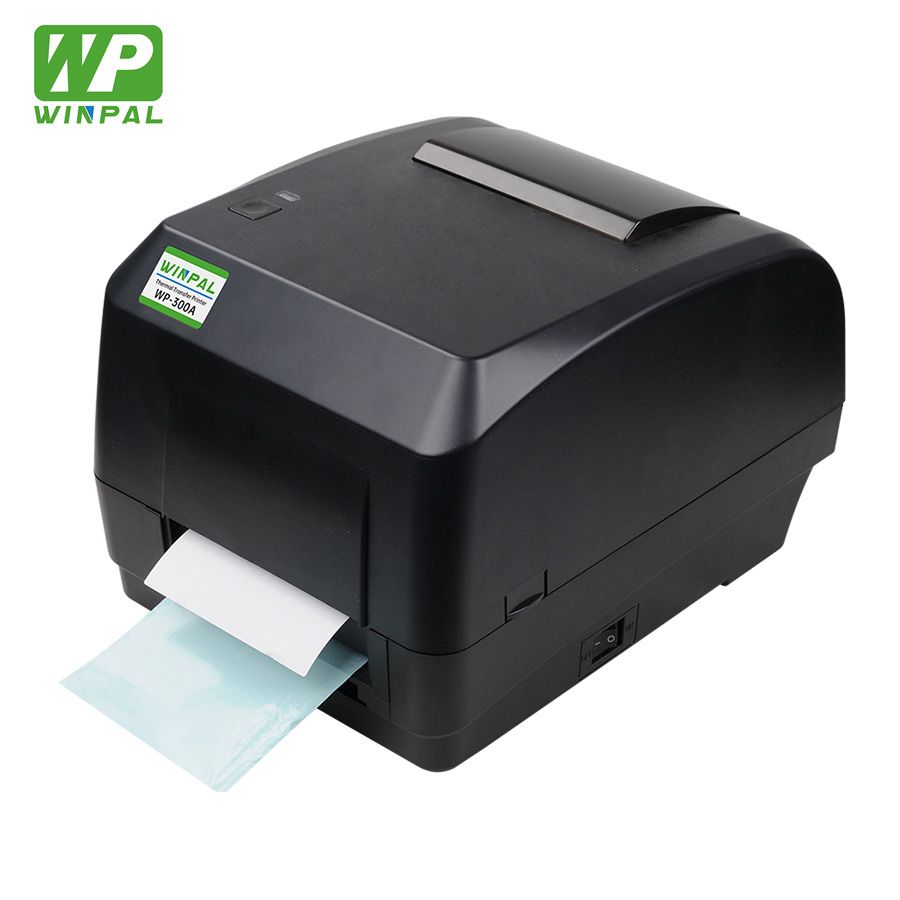First, the medical industry barcode application requirements
The application of barcode in the medical industry mainly includes: ward management, medical record management, diagnosis and prescription management, laboratory management and drug management. Subsystem, Timely Communication and Positioning Subsystem.
Using barcodes as the information transmission carrier, the real-time tracking of medical records, hospitalization expenses, drug warehouses, equipment and other logistics and information flows generated in the hospital’s daily business is realized, helping the hospital to realize the transformation from extensive operation to refined and standardized management. Improve the competitiveness and economic benefits of the hospital.
The inevitability of barcode informatization construction in the medical industry:
1. The electronic management of medical records has become an urgent problem to be solved in hospital management. At present, most domestic hospitals still use manual operations and use paper as a transmission carrier.
2. Some hospitals in China have their own information systems, but they all use the method of inputting the doctor’s diagnosis and prescription information into the computer afterwards, which is a heavy workload and prone to errors.
3. The management of wards is currently done manually. If the nursing information and doctor’s ward round information can be electronically digitized in real time, it can save time and provide timely feedback of patient information and processing conditions.
4. The bar code management of medicines ensures its accuracy, safety and speed.
The current situation of the hospital
The hospital already has a set of management software in operation, and is now gradually converting management into barcodes to achieve efficient barcode informationization.
Mobile Computing Solutions
1. Ward management
Make labels with barcode bowl tape, barcode hospital bed identification for hospitalized patients by barcode printer. In this way, mobile ward rounds can be realized, and the medical staff can scan the barcode on the patient’s bowl through the wireless data barcode terminal, and can easily call up the patient’s electronic medical record, accurately and quickly grasp all the patient’s information (including the patient’s medication record), which is convenient for doctors to handle. In various situations, temporarily record the patient’s current condition and treatment situation on the wireless terminal, and then network with the computer to realize batch processing (real-time transmission is not recommended in consideration of data integrity) and transmit it to the information center, and timely feedback to the attending physician to improve work efficiency. efficiency. The rapid identification of patient types through barcode labels makes the collection, transmission and management of information faster and more accurate.
2. Medical record management
Record the relevant information of the patient, mark the medical record with barcode labels through the barcode printer, and quickly and accurately identify the medical record type through the barcode label.
Considering that the old system is already in use, the old system provides an interface, and the medical record data is directly read from the old system according to the medical record number and poured into the new system. After the old system, enter the medical record data directly in the new system.
3. Prescription management
The prescription is issued by the attending physician, and the barcode label is marked for the medical record through the barcode printer, and the dispensing situation and medication record of the prescription can be quickly and accurately identified through the barcode label. Different prescriptions have different barcodes to distinguish the situation of multiple prescriptions by one person, and it will be checked with the prescription for correctness when dispensing.
4. Drug management and device management
Drugs are the core fluids of hospital medical activities. After receiving the confirmation payment information from the charging office, the pharmacy selects drugs according to the drug list, and scans the barcode on the drug shelf to check with the prescription one by one, so as to prevent the wrong drug and reduce the current drug inventory, so that the hospital leaders can keep track of the inventory at any time. Variety. After scanning and reading the barcode information of the patient registration card to confirm the identity, the medicine is issued to the patient and left.
Post time: May-13-2022





